Lessons

Conjunctions
Empower your students to ‘glue’ their ideas together with our Cram Jams lesson on conjunctions! Using examples like ‘and,’ ‘but,’ and ‘or,’ this lesson helps improve sentence fluency and coherence, making it an essential tool for enhancing students’ writing and communication skills.

Adverbs
Adverbs help us express how, when, and where actions happen, adding details and specificity to our writing and language. As students sing along with this song, they become adverb experts, ready to sprinkle their writing with colorful descriptions!
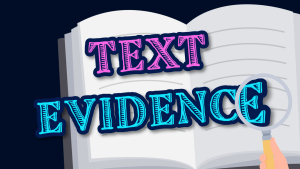
Text Evidence
Teaching young students to cite text evidence is like turning them into reading detectives! It helps instill a sense of responsibility by giving credit to authors, fostering integrity in their work. Additionally, it strengthens their reading comprehension, as they learn to analyze and extract information from texts. By imparting this skill, we empower them to construct well-supported arguments and participate confidently in academic discussions.
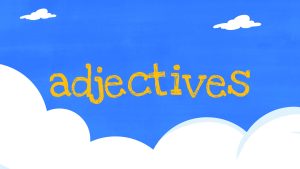
Adjectives
Learning about adjectives is crucial because these descriptive words play a fundamental role in language and communication. Adjectives provide details, color, and depth to our descriptions, allowing us to paint vivid mental images and convey more precise information. Help students learn all about these valuable parts of speech with this *fun*, *exciting* lesson!

Verbs
Let’s talk about verbs! In this lesson, we learn what verbs are, what past, present, and future tenses are, how verbs can describe states of being, and more.
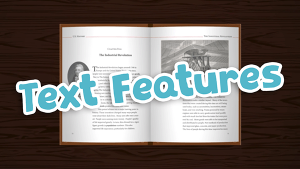
Text Features
Headings, illustrations, captions, tables of contents, timelines, etc.—all the things that help us navigate a large body of nonfiction text—are discussed and explained right here in this lesson.

Nouns
In addition to explaining what a noun is, this lesson addresses the distinction between common and proper nouns and touches on the concept of abstract nouns.

Homophones and Homographs
Words with different meanings that share the same pronunciation and/or spelling can create a lot of confusion. Here’s a song that helps make sense of it all!
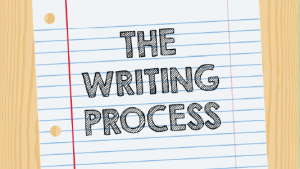
The Writing Process
Brainstorm, draft, revise, edit, publish–we go over these steps of the writing process in this lesson to help students take their writing from an initial idea to a finished masterpiece!
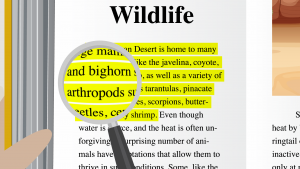
Context Clues
This lesson teaches students how to find and use clues in the surrounding text to make an educated guess about the meaning of an unfamiliar word.
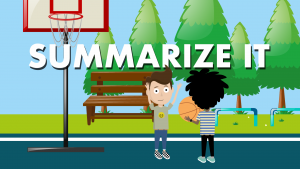
Summarizing
In this lesson we learn how to take a story and make it into a much shorter version while still keeping the most important information.
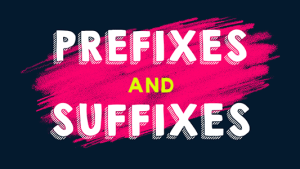
Prefixes and Suffixes
What is a prefix? What is a suffix? How can each change the meaning of a root word? This lesson addresses these important questions, and more.

Subject and Predicate
Here we deal with the anatomy of a sentence, and students learn how a sentence can be broken into two key components: subject and predicate. Caveat: this lesson assumes prior knowledge of verbs.

Setting
In this lesson, students will learn to identify the setting of a story, sometimes as stated directly in the text, and sometimes by using evidence and making an inference.

Character Traits
In this lesson, students learn how to distinguish between an inside trait and an outside trait, and how to determine various character traits through inference, based on evidence in a text.
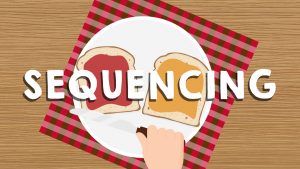
Sequencing
This lessons shows students how sequencing words like “first”, “next”, “then”, and “last” establish the order of a series of events.
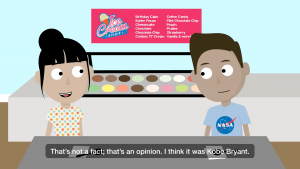
Fact vs. Opinion
The ability to distinguish opinion from fact is a vitally important literacy skill; you can help students do just that with this groovy lesson.
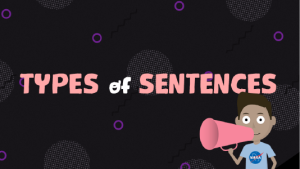
Types of Sentences
Use this video to introduce the four types of sentences: declarative, interrogative, imperative, and exclamatory. Additional resources include posters, a lyric sheet, and more.
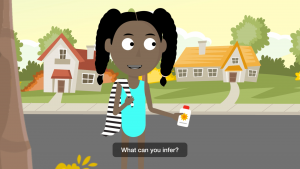
Inference
This video shows students how to make an inference using prior knowledge and incomplete information. Additional resources include posters, a graphic organizer, task cards, and a lyric sheet.
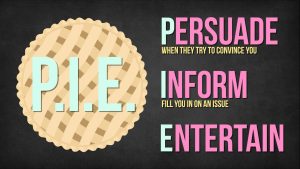
Author’s Purpose
This lesson helps students identify the author’s purpose for various types of writing and introduces them to the handy acronym/mnemonic device P.I.E. (Persuade Inform or Entertain). Additional resources include posters, a sorting activity, exit tickets, a graphic organizer, and a lyric sheet.
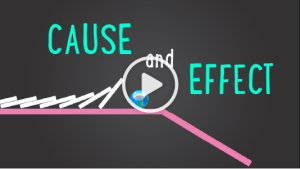
Cause and Effect
Teach the relationship between a cause and an effect using this music video. Additional resources include worksheets, posters, a graphic organizer, and a lyric sheet.
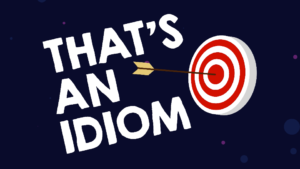
Idioms
This engaging lesson gives examples of and explanations for idioms, and illustrates why authors use idioms. In addition to the music video “That’s An Idiom”, it includes idiom Match Game cards, idiom exit tickets, an idiom worksheet, idiom posters, and more.
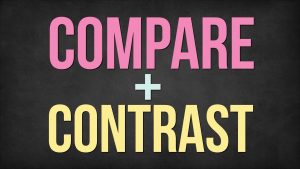
Compare and Contrast
This video lesson teaches how to use Venn diagrams to compare and contrast two things. Additional resources include Compare-and-Contrast bookmarks, posters, a graphic organizer, and a lyric sheet.

Point of View
This lesson teaches students how to determine if a piece of text is written in first, second, or third person. The music video is accompanied by Point-of-View posters, graphic organizers, worksheets, and a lyric sheet.
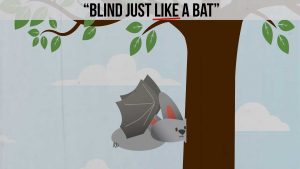
Similes and Metaphors
This lesson teaches students how to use similes and metaphors to make the most of their writing, as well as how to distinguish between the two literary devices. The music video is accompanied by a Similes-and-Metaphors sorting activity, worksheets, posters, and a lyric sheet.

Genre
This lesson teaches students how to classify different texts by genre and subgenre. The music video is accompanied by genre posters, worksheets, graphic organizers, and a lyric sheet.
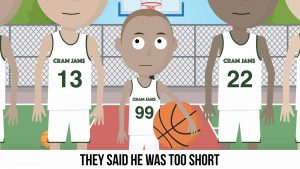
Theme
Teach your students how to identify the theme (or themes) of a story using this video. Additional resources include Theme task cards, Theme posters, a Theme graphic organizer, and a lyric sheet for the song “Theme of the Story.”

Main Idea and Details
Show students how to determine the main idea and key details of a piece of text using this lesson.
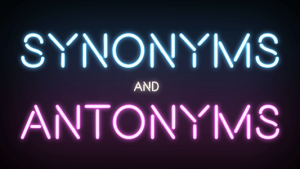
Synonyms and Antonyms
This lesson explains synonyms and antonyms and gives examples to help students remember which is which.



